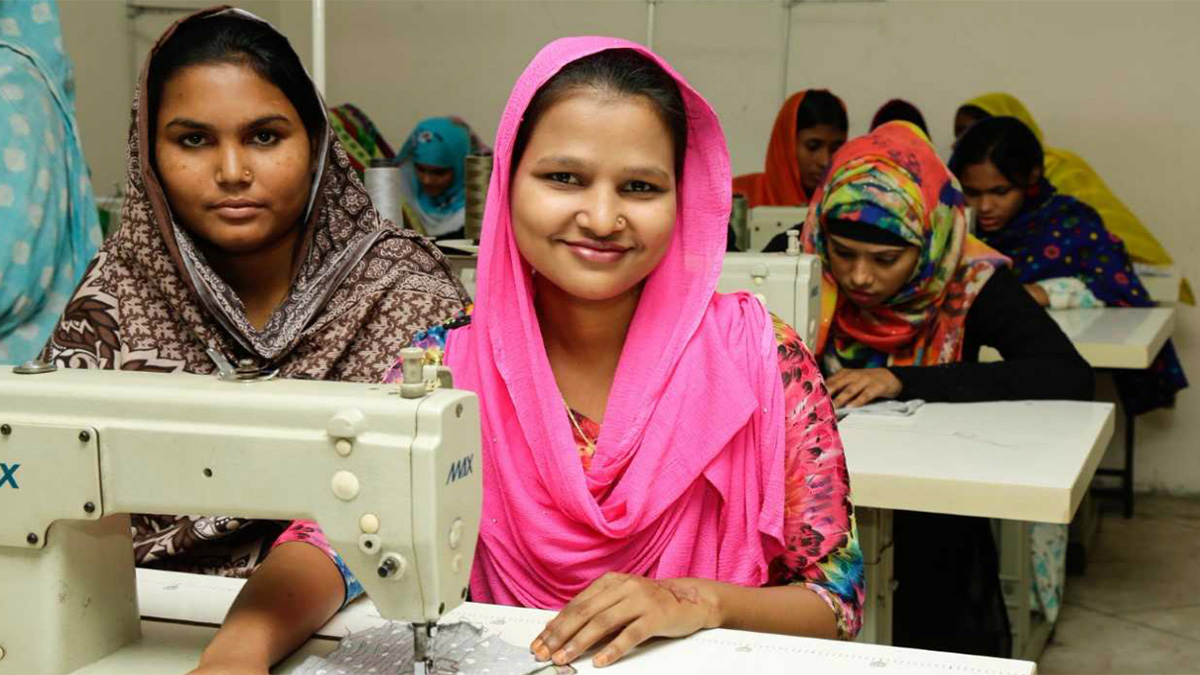UNCTAD and its partners embark on a project to harness data and statistics for gender-responsive trade policy.
© Asian Development Bank
A new project, bringing together three UN agencies, is set to help countries produce and use new statistics to measure the connections between gender and trade.
UNCTAD has joined forces with the UN Economic Commission for Europe and the UN Economic Commission for Africa to harness data and statistics for gender-responsive trade policy.
Trade in goods and services is the engine of economic activity, and measuring this trade has for a long time been a cornerstone of economic statistics. But for much of this time, trade has been viewed as gender neutral.
Statistics about trade, and policies based on these statistics, have often been made without considering gender dimensions—the different ways that women and men produce, consume, work, innovate and experience the impacts of trade.
This view is now changing as it becomes increasingly clear that gender inequalities can shape differences in access to resources and opportunities, in turn driving different outcomes for women and men in the economy.
Why trade policies matter
Trade policies can have important redistributive effects but depending on how they are formulated, they can either reduce existing disparities or inadvertently magnify them.
“Solid data and statistics are crucial to enable policymakers to anticipate how policies affect gender equality, to prevent polarization and social exclusion, and to promote corrective actions,” said Steve MacFeely, UNCTAD’s chief statistician.
The project launched in September 2020 will pilot-test a new framework for understanding the interplay of gender and trade by helping to develop practical guidance for countries to compile the necessary statistics.
The framework looks for ways to analyse data that are already produced to review gender aspects of trade. They include the things that motivate people and shape their aspirations; the resources they can access and constraints on their participation in trade; the different roles they play in trade and entrepreneurship; and the different performance outcomes that result.
For example, legal or cultural barriers to owning property can limit women’s ability to start a business. The burden of unpaid care work can constrain the kinds of paid jobs women can take. The impacts of trade via international competition can push down wages, especially for people in low-skilled jobs without strong bargaining power.
Adding the missing gender dimension
“Many currently available statistics on trade are already well-developed in national statistical systems, but simply need to be analysed together or linked with gender data,” Mr. MacFeely said.
Integrating data on the gender of workers, business owners and managers with, for example, business surveys, or adding a question on trade participation to the labour force survey, could be an easy win, allowing analysts to look at the profile of women and men in international trade.
Other areas will be more challenging, necessitating a deeper consideration of concepts, definitions and data collection methods in areas where, currently, aspects that are crucial to understanding gender differences are often missed: such as informal work and informal entrepreneurs, flexibility of working arrangements and types of working conditions faced by women and men.
The project will strengthen the capacity of national statistical offices to provide the data needed by policymakers, helping to piece together a more detailed picture of progress towards inclusive trade policy and equitable economic development as part of the 2030 Agenda.
It is initially scheduled to cover Armenia, Azerbaijan, Belarus, Cameroon, Egypt, Georgia, Ghana, Kazakhstan, Kenya, Kyrgyzstan, Moldova, Senegal, Seychelles and Zimbabwe. The project runs until 2023.

